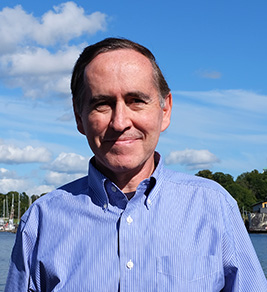MUST project seeks to organise wide-ranging collaborations among the international Arctic research community that will facilitate convergent research on the natural, social, and built environment transitions taking place in and around Arctic cities now and in the future.
Arctic cities face multiple challenges from a changing environment, deteriorating infrastructure, and new pressures on the governance system. The key drivers behind these challenges are the changing climate, the accelerating energy transition from fossil fuels to renewables, demographic pressures, and demands for equity. In order to respond effectively, policymakers need a clear set of indicators that will help them measure changes in the natural environment to devise infrastructure and governance strategies that will assist Arctic cities to achieve future prosperity.
A long-term research agenda and platform around Arctic urban sustainability as well as using cities and indicators as the centralising organising theme helps to integrate diverse theories and empirical evidence with new data. The focus on Arctic urban spaces and inclusion of Russia and other international partners addresses areas that need more attention.
Creation of the indicators will establish a solid foundation for starting community conversations, clarifying values, measuring both the status quo and progress going forward, and understanding the linkages among the various elements of urban sustainability in extreme climatic conditions. The indicators introduce a shared vocabulary and explicit measures and assumptions that will allow studies across a variety of disciplines to validate, challenge and speak to each other.
This collaboratory effort builds on previous NSF-funded work that developed a database measuring 128 indicators across 19 topics in 46 Arctic cities providing a snapshot of current conditions. This effort will make it possible to develop theories and test hypotheses in the natural, social, and urban planning sciences by adding historical data to the existing dataset making it possible to explore trends over time and the relationship among the various components of urban sustainability.



